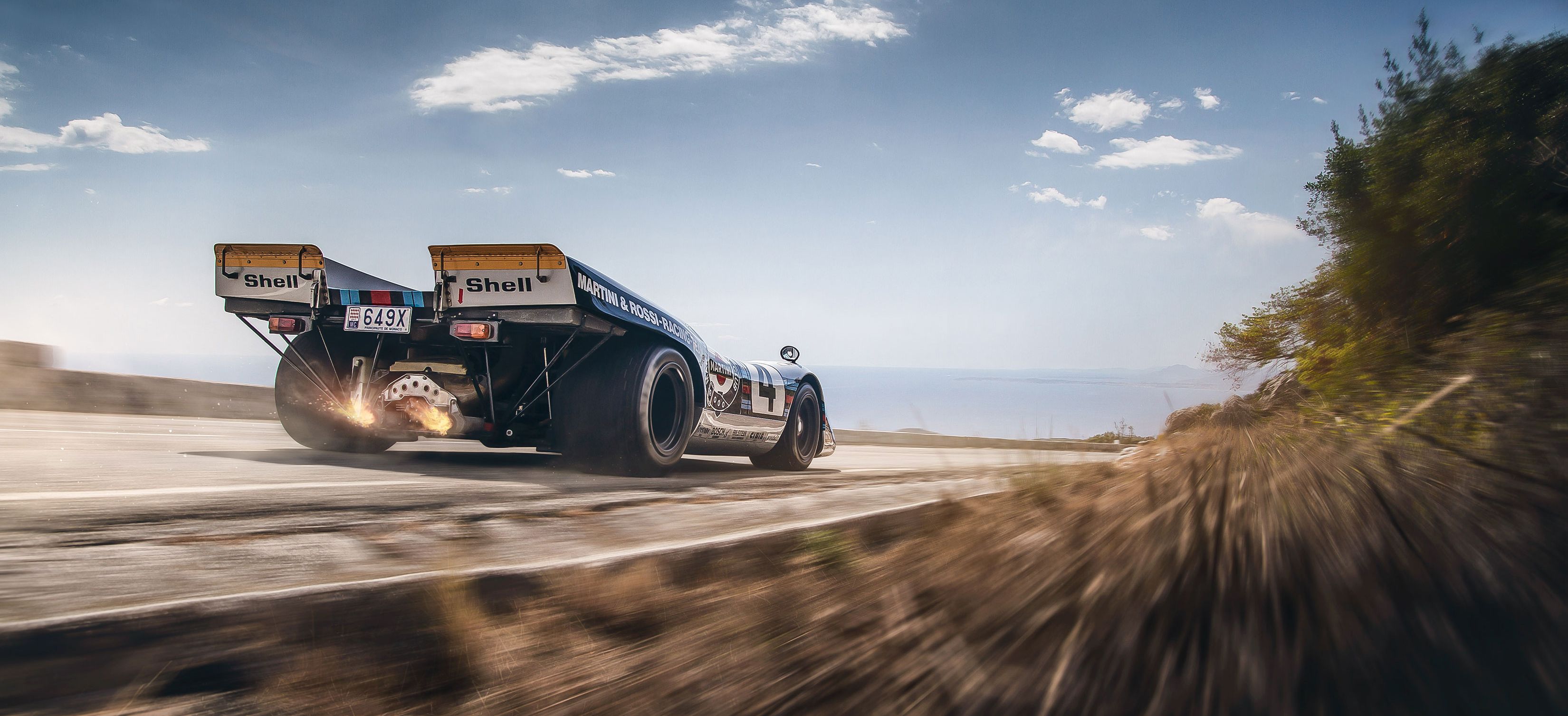Le Mans (1971): How the greatest racing film was made
Steve McQueen's Le Mans movie was truly a game changer at the time in all respects, be it film making, story telling or realism. The movie runs along the 38th Le Mans and used innovative techniques to fulfil McQueen's vision.

The 1970s were an exciting time in motorsport. Formula 1 was going through its glory days with drivers like Jacky Ickx, Jack Brabham and Jackie Stewart and Le Mans saw the Ford team being phased out after showing their dominance all the way up to 1969. 1970 was the 38th running of the Le Mans and saw Porsche really dominate the race. Now that I’ve set the context, let's get into the movie. Steve McQueen’s movie Bullitt had already rocked the box office and set him up to be one of the most iconic film stars of his time. At that point Steve could really pick and choose what movie he wanted to do, and he wanted to do a movie on Le Mans in a way no one else had done before.
“Racing is life. Anything before or after is just waiting.”Steve McQueen
The plan was to take a film crew and cameras and basically film at the 1970 Le Mans, while also having McQueen race to make it that much more authentic. Some troubles with Steve’s insurance company prohibited him from racing but that didn’t put a stop to the movie. To understand what it took to make the movie you must understand that there were no GoPros that you could plop onto the car and an unfortunate incident with an on-board camera several years ago in another race meant it wasn’t easy to get permissions either. However, the crew came up with an ingenious idea to attach the camera to a plate that is bolted onto the front of the car and shoots back toward the driver. When the battery or film runs out, the car comes into the pits and the plate is simply switched out for one with a charged camera mounted to it. This had to be done every 15 minutes or so. The crew managed to get the permissions and were set to race in the #29 Porsche 908, driven by Jonathan Williams and Herbert Linge. There were about 20 crews of cameramen and support staff, the idea of filming was simple — shoot all the action shots during practice and race days and then the rest of the movie could be finished after the race weekend.
While cameramen changed shifts during practice, on the day of the actual race none of them moved away from their cameras during the 24 hours.
 The #23 crossing the line at the 1970 24 Hours of Le Mans
The #23 crossing the line at the 1970 24 Hours of Le Mans During the filming, the variety of mounts and camera angles used was truly revolutionary at the time, especially at the speed at which they were shooting. However, the extra effort certainly paid off, since the film had a certain realism about it which no other racing film before it did. There was actually no concrete script written out for the film before it was shot and even during filming! This led to quite a rough quarrel between the filmmakers and producers but they still went ahead with the filming. The tussle became so bad that the lead director at the time, John Sturges, actually quit and was replaced by Lee H. Katzin halfway during the filming! The sound was an important factor for McQueen too. They used the exact sounds of each of the cars and if you watch the movie you can distinctly hear the differences between a Porsche 917 or a Ferrari 512.
 The 917 KH driven by Vic Elford and Kurt Ahrens at Spa Francorchamps
The 917 KH driven by Vic Elford and Kurt Ahrens at Spa FrancorchampsA total of 41 racing drivers played a part in the movie, to recreate racing sequences and action scenes, after the race weekend of course. These included Masten Gregory, Jacky Ickx, Richard Attwood, Gérard Larrousse, Derek Bell and Jürgen Barth. One major factor they didn’t recreate true to reality was the outcome of the race! The film crew were lent the #25 Porsche 917 LH which was raced in the actual race by Vic Elford and Kurt Ahrens and wore the Gulf Oil livery. This was the car that won the race in the movie. However, in reality the #23 Porsche 917 K piloted by Hans Herrmann and Richard Attwood won the race. Interestingly, Porsche only allowed their factory driver Herbert Linge to drive the 917.
During the race, at around 3AM, the #29 camera car was running in eighth place and actually had a chance to win!
Le Mans really was a fantastic movie and is a much watch for any petrolhead or filmmaking fanatic, just to see how close the movie actually came to replicating the race at a time when realism was hard to come by in movies. There is also a documentary about the actual filming of the movie that you can watch below or check out the list of petrolhead friendly movies to watch during quarantine here!


